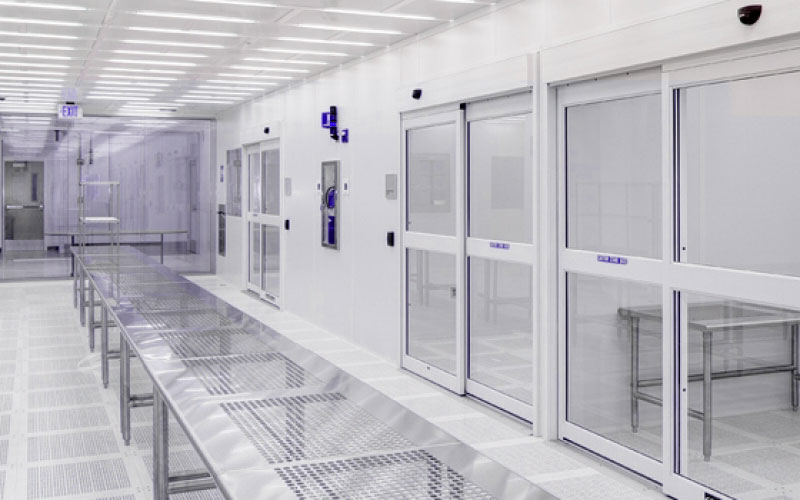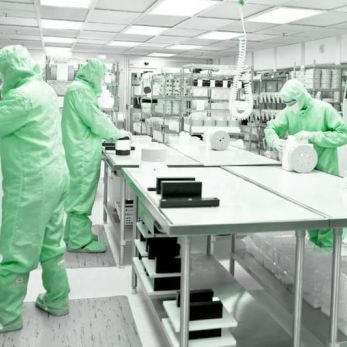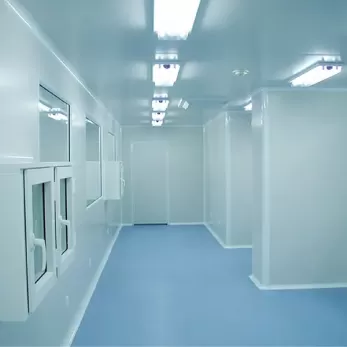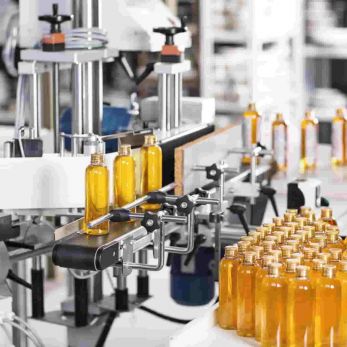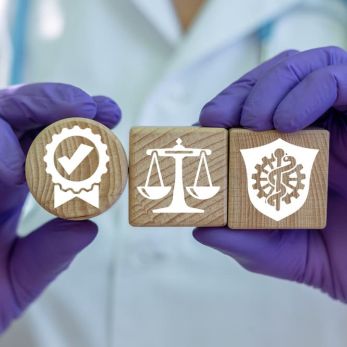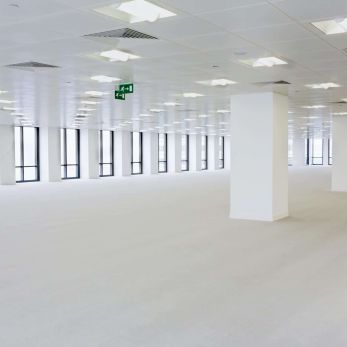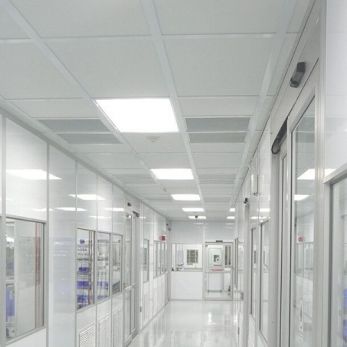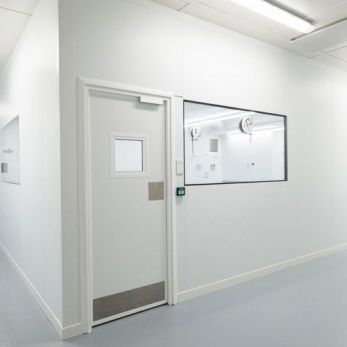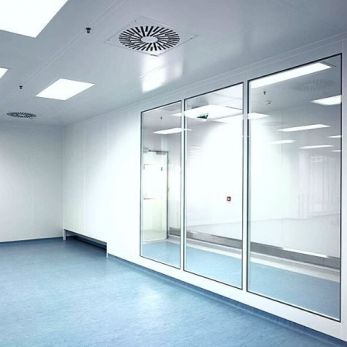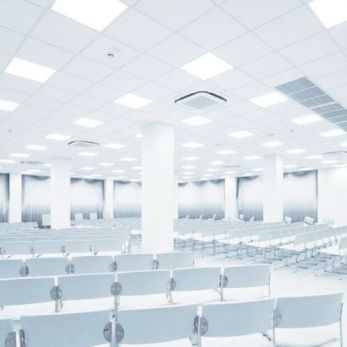Noise in cleanroom: How to control
This article will help you have a better understanding of noise in cleanroom and how to control it.
Cleanroom is the environment following the most stringent standards about air cleanliness. Besides, cleanroom noise level is one of the important factors that are required to be controlled in a cleanroom. This article will help you have a better understanding of noise in cleanroom and how to control it.
1. Noise in cleanroom effects
Noise in cleanroom has a great impact on the workers. High noise levels can cause a lot of problems:
+ High noise level makes workers find it difficult to concentrate and communicate in cleanroom. This leads to reduced working performance. A study shows that workers are 60% less productive in a noisy environment than those working in a quieter workplace.
+ Excessive noise in cleanroom poses a risk of employees hearing damage and other health problems. For example, exposure to constant and loud noise can contribute to hearing loss, headache, increased blood pressure, fatigue, irritability, digestive disorders.
A study shows that the damage to hearing occurs when the noise level is higher than 85 decibels, which is about the loudness of heavy traffic.
Moreover, noise cause damage to factory buildings and equipment to a certain extent. The noise generated will affect the testing and operation of the equipment in the nearby workshop.
Studies on cleanroom noise standards began in the 1960s. US Federal Standard 209A was developed in 1966 and 209B was revised in 1974 stipulating: “The control of noise of cleanrooms are carried out to meet operational or product requirements, and to keep employees working in a comfortable and safe environment.”
ISO 14644-4 (draft) standard is stated that: “An appropriate sound pressure level should be selected according to the requirements of the comfort and safety of workers in the cleanroom and sound reflection.”
In the cleanroom environment, noise control is done with the aim of a proper manufacturing operation. When noise is controlled, communication is easy and a comfortable working environment is created.
2. Cleanroom noise level measurement method
If the cleanroom is not larger than 50m2, only 1 point in the center of the room is measured.
If the cleanroom is large, 1 measuring point is added for every 50m2. The measuring point is 1.0m from the ground.
If possible, the noise of the room should be measured under static conditions.
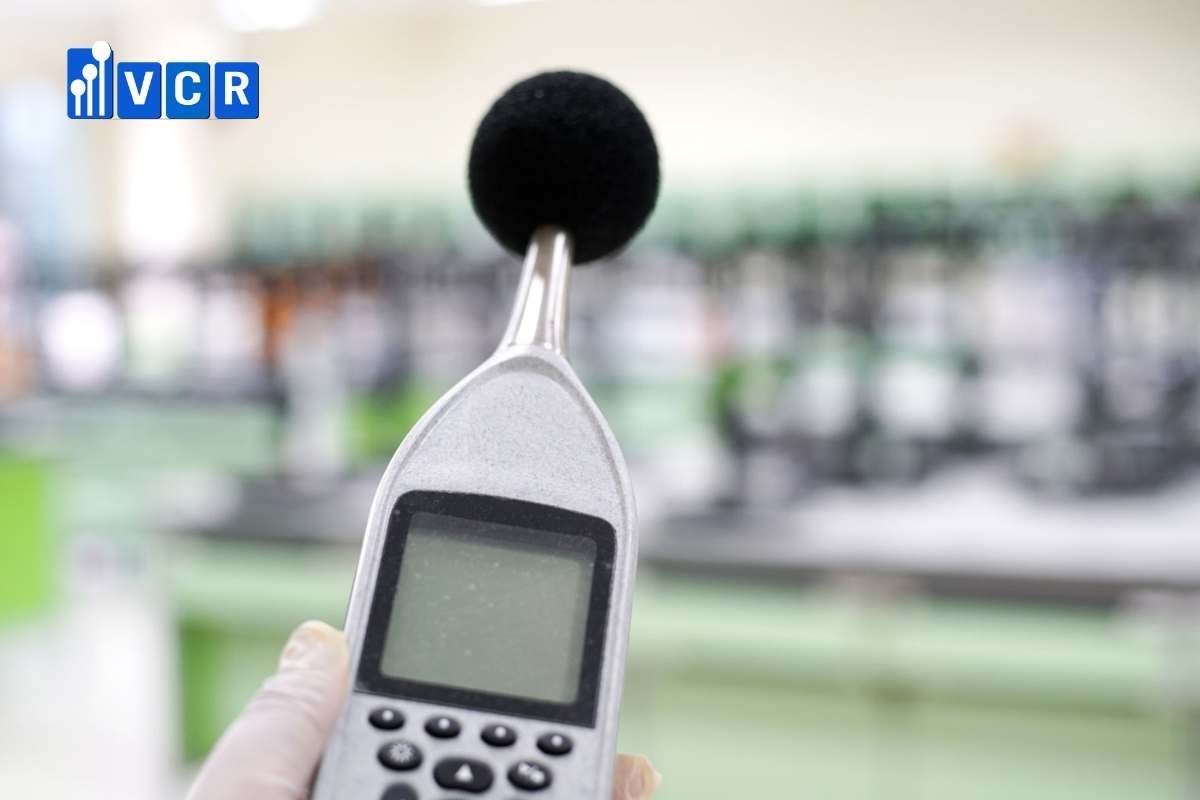
3. What is the noise level is permitted in cleanroom?
The sound pressure level permitted in a cleanroom is between 65 and 70 dB(A).
Most current standards use A-weighting as the sound level metric. Some standards impose limits on the sound pressure level of each frequency band. Some standards give permissible noise values according to the class of air cleanliness. However, most of the standards suggest a common value for cleanrooms with different classes of air cleanliness.
The static and dynamic noise analysis of cleanrooms with different airflow principles in several industries shows that the static noise of different airflow principles is quite different.
+ The static noise from a laminar cleanroom is measured to range from 41-64 dB(A), with an average of 54 dB(A).
+ A turbulent cleanroom has a static noise level of 51-75 dB(A), with an average level of 65 dB(A).
The average static noise level of the laminar airflow cleanroom is about 11 dB(A) lower than the noise level coming from the turbulent airflow cleanroom. The difference in static noise between turbulent flow and laminar flow comes down to air supply volume (or the number of air changes) and air filter system characteristics.
The static noise of the cleanroom mainly comes from the operation of the air conditioning system and the filtration equipment. Therefore, the key solutions to noise control lie in the reasonable arrangement of the air filtration system and reasonable noise reduction measures.

4. Cleanroom noise reduction solutions
Below are some cleanroom noise reduction solutions:
+ Low-noise equipment should be used in the design.
+ In some cases where it is difficult to implement for technical or economic reasons, measures should be taken to reduce the noise from the noise transmission. For example, move high-noise processing equipment out of a clean or isolated room and place it in a soundproof room.
+ Excessive noise equipment that must be located in a cleanroom can also be insulated with a soundproof enclosure.
+ In some cleanrooms, high-noise equipment such as mechanical pumps are located in outdoor cleanroom suites, or technical lanes or service areas, and noise in the cleanroom has been significantly reduced.
5. Noise control standards in cleanroom design
The noise level (empty state) in the cleanroom should not be greater than 60dB (A) in a laminar cleanroom, and should not be greater than 65dB (A) in a turbulent cleanroom.
Various equipment in the cleanroom should use low-noise products. For equipment whose radiated noise value exceeds the noise standard of the cleanroom, special sound insulation facilities (such as sound insulation room, sound insulation cover, etc.) should be set up.
Cleanroom design should take into account the requirements. The cleanroom structure should have good sound insulation performance.
When the noise of the purification air-conditioning system exceeds the allowable value, measures such as sound insulation, noise reduction, and vibration isolation should be taken. The exhaust system in the cleanroom should be designed for noise reduction.
The air-conditioning system has to be designed according to the indoor allowable noise level requirements.
The air velocity in the air duct should be selected according to the following regulations:
+ The branch air ducts with supply and return air outlets have air velocity of 2-5 m/s
+ The air velocity through air duct without supply and return air outlets is 4-6 m/s.
Vietnam Cleanroom Equipment (VCR) specializes in providing cleanroom equipment for construction contractors.
We provide high-quality products with competitive prices and large quantities nationwide. The equipment includes:
Differential pressure gauge, FFU Fan Filter Unit, Pass box, Clean room air filter, HEPA box, Clean booth, cleanroom steel door, Isolator cabinet, and other equipment






